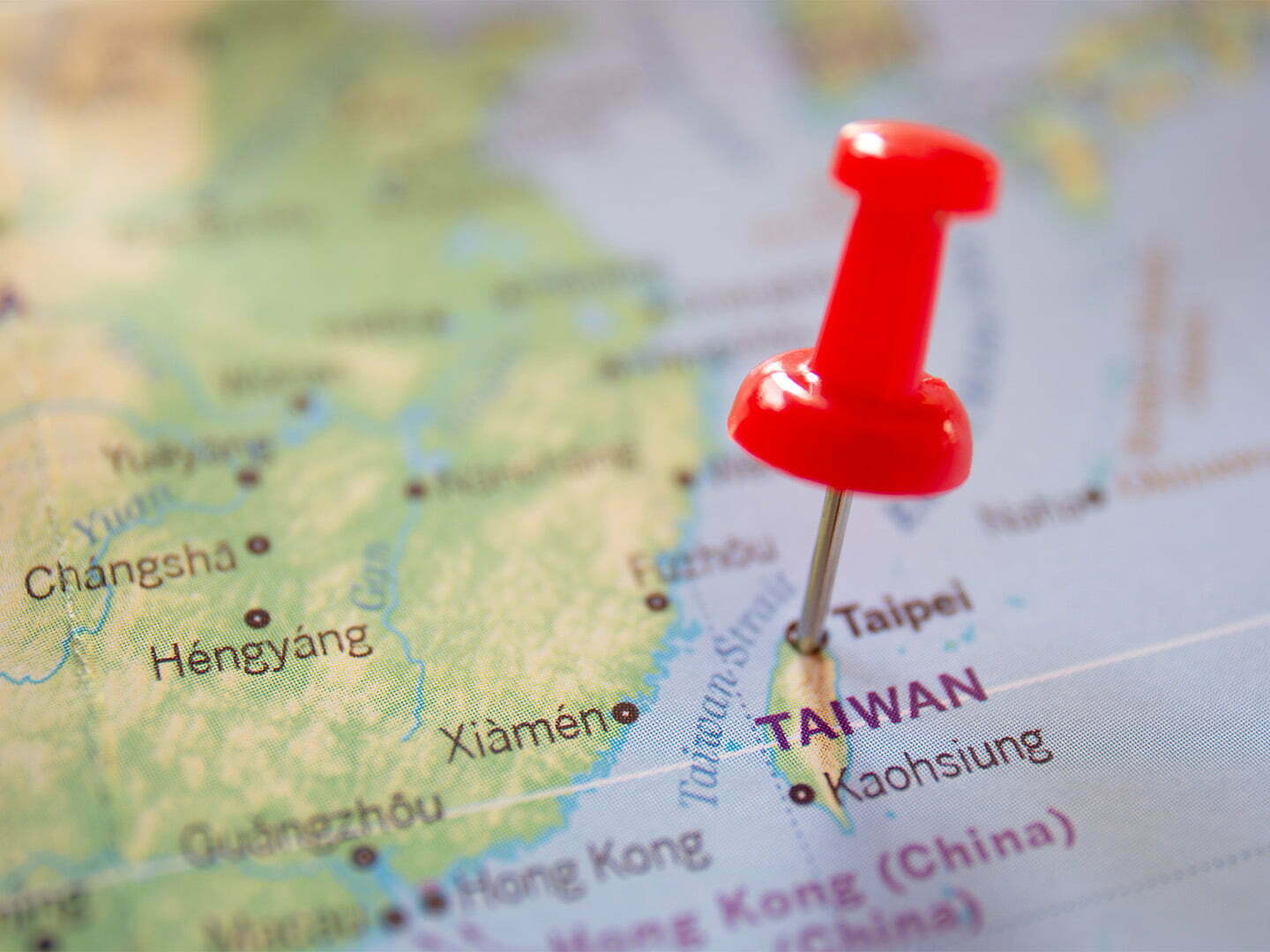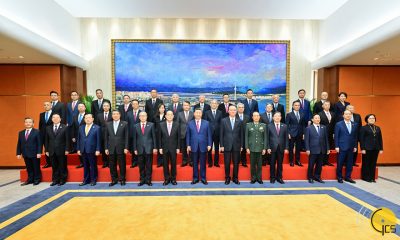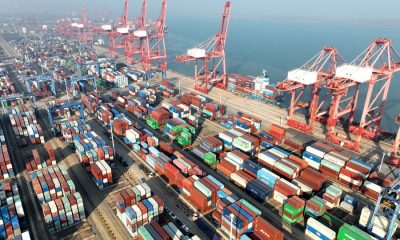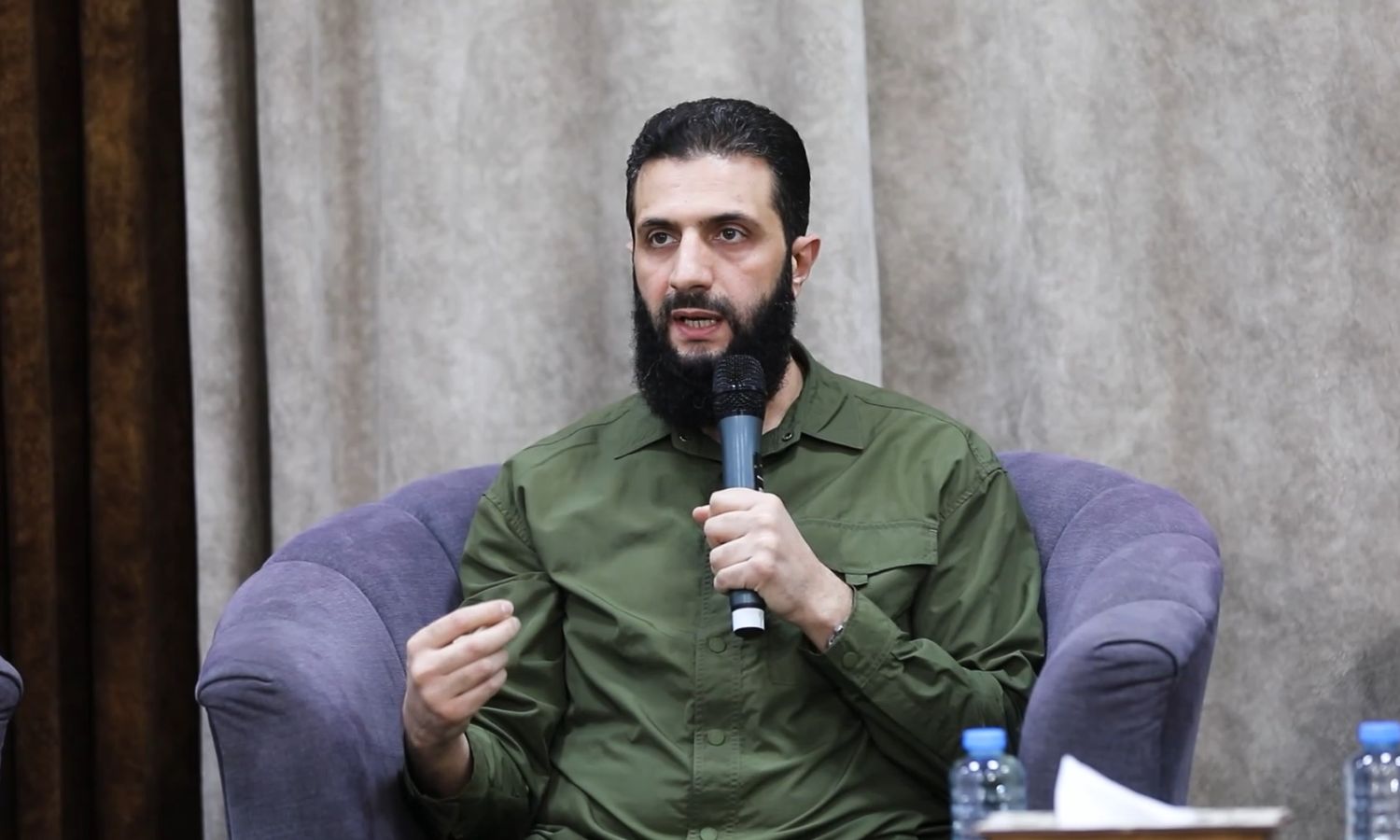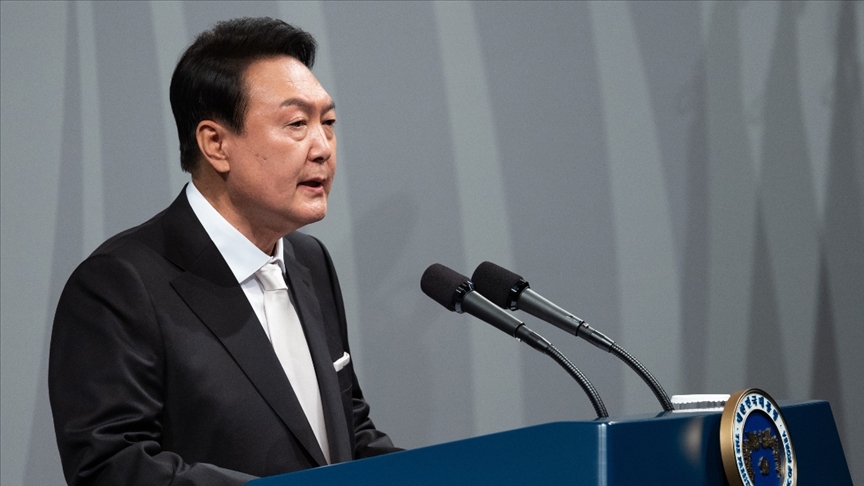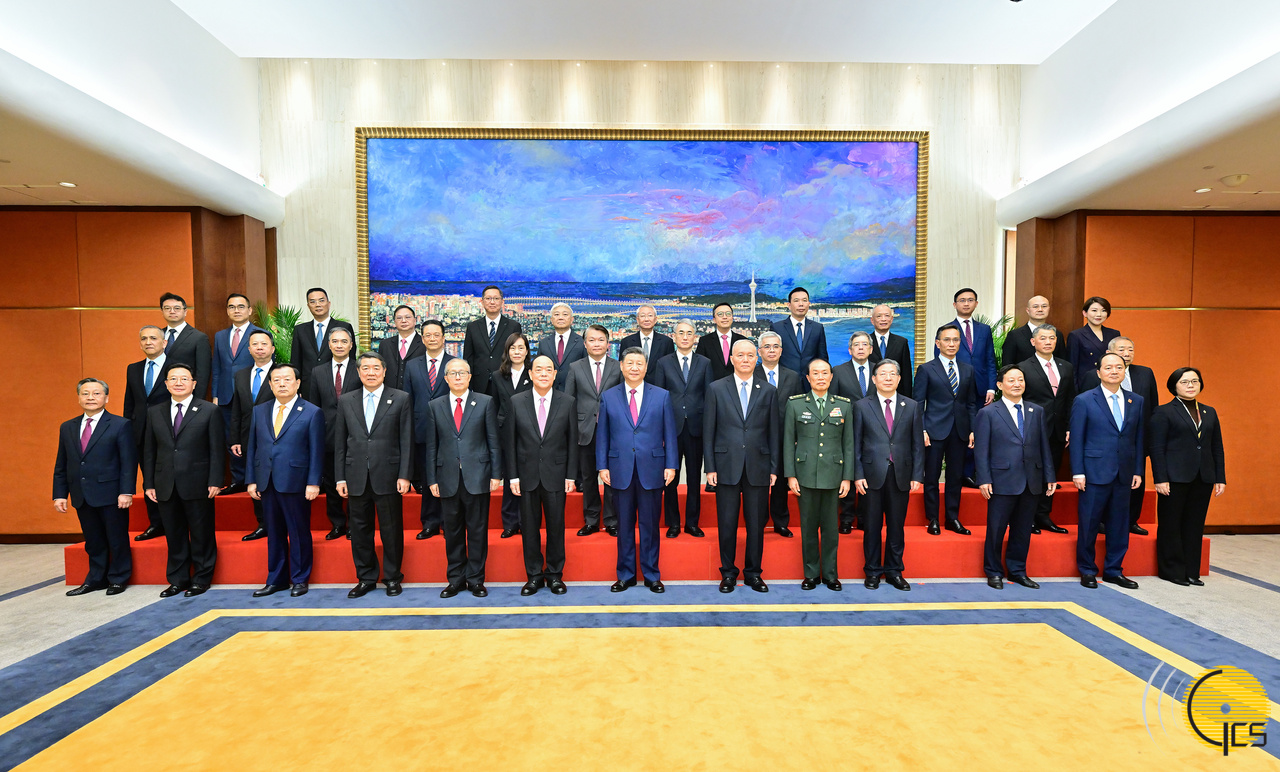The echoes of the visit to Taiwan by the US House of Representatives Speaker Nancy Pelosi, are still resonating. The visit, which is considered by some experts to be Pelosi’s “personal solo-show”, and by other experts to be a “part of Washington’s Asia-Pacific Strategy” has also sparked a massive controversy within the United States itself.
Beijing has already warned that it will take drastic countermeasures, considering Pelosi’s visit to Taiwan as a “violation of its national sovereignty and territorial integrity”. Even the Biden administration is known to have notified the possible risks of the visit to the Pelosi’s office. Despite this, this action from the Speaker of the US House of Representatives Pelosi, who refrained to step down from her plan, has drawn reactions as a part of its consequences that further escalated tensions in the Asia-Pacific, and was described as a “provocation” among the international community.
Following Nancy Pelosi’s visit to Taiwan, Beijing has announced to halt some of its dialogue partnerships and cooperation mechanisms with Washington as an immediate countermeasure. It was not only China that show a reaction to Pelosi’s visit. The Taiwanese policy of Nancy Pelosi, which insisted on taking this visit despite the notice from both the US Joint Chiefs of Staff and the Biden administration, has both created a controversy back in the US, and has made Washington’s Taiwan policy to be questioned once again. Washington’s controversial actions in Taiwan, despite its announcement of respect for the One-China policy, has led to criticism within the US public opinion.
‘Policy of Strategic Uncertainty’
According to a White House official who provided information about the internal negotiations anonymously to the Washington Post; Nearly all senior members of the Biden’s office of national security, have privately expressed deep concerns about this trip and the timing of it. Officials have summarized the possible outcomes of Pelosi’s visit directly to her office, and the Joint Chiefs of Staff Chairman Mark A. Milley has personally briefed Pelosi on this subject.
The article also states that Pelosi’s visit was independent of the White House and that nothing had changed in China-US relations, prior to this visit. However, Chinese leaders fear that visits to Taiwan by foreign state officials may potentially give Taiwan a diplomatic legitimacy as an independent country, and that they worry Pelosi’s visit may set an example by some other world leaders or officials. On the other hand, there are references to the upcoming National People’s Congress of the Chinese Communist Party, and Xi Jinping’s plans for a third term in leadership. And in the case of Washington’s policies on Taiwan, a policy of “strategic uncertainty” that neither supports nor opposes Taiwanese independence, is being reported.
Was it even worth it?
In the analysis article published in The Atlantic journal, Pelosi’s visit was described as a ‘gamble’ and was commented that “this Taiwan gamble strengthens the tendencies within US-China relations that can lead both countries towards conflict in East Asia”. It was reported that the policymakers in Washington see the country’s future being heavily dependent on Asia and are determined to expand the alliances in the region to consolidate US influence in Asia, and to bring China in check.
While it is stated that Taiwan is directly on the fault lines between the two rivaling powers and their geopolitical agendas, these agendas are summarized as follows; “For the United States, Taiwan is not only a long-term friend, but also an important economic partner and a link in the network of democracies that support the American influence in the Asia-Pacific. And for China, it is an indispensable component of the country’s ascension to a superpower status”.
The analysis expresses concerns that Pelosi’s visit to Taiwan could resonate far beyond the Taiwan Strait and even beyond East Asia, prompting Beijing to “intensify its efforts to thwart the US-backed global order” and for Xi Jinping to consolidate its anti-American pact with his Russian counterpart Vladimir Putin. It is argued that all this could cause a greater chaos in East Asia, and with China’s intensified military exercises around the island could turn into a conflict, thus further disrupting the already troubled global supply chains. Article referring to the possibility that Beijing will increase its pressures over Taiwan and perhaps even take the risk to go to war, and that the US and its allies may be dragged into a regional conflict, the article describes Pelosi’s visit as “a step in a process transforming a war over Taiwan from a remote possibility to a real risk that should worry the world.”
It is being reported that there are rough debates among the country’s public opinion over whether Pelosi’s visit was even “worth it”, in context of these possibilities which make the war much more probable. While it was given that realists who look at the situation with a “cold logic” agree that “it was not worth it”, while The Atlantic argues that “Pelosi’s persistence is necessary to show the Chinese and to the world that the United States does not take a step back”.
Salami slicing…
Bonnie Glaser, director of the Asia Program of the German Marshall Fund, points to the Biden administration’s inconsistency in its Taiwan policy, as one of the causes of this crisis, in a podcast of the Council on Foreign Relations (CFR), one of the institutions that shape the US foreign policies. Glaser stated that the US has a lack of clarity, consistency and even a lack of discipline in its stance on Taiwan, and that although Washington says it respects One-China Policy and does not support Taiwanese independence on paper, still acts much differently from this perspective. Glaser resembles this policy to a “salami slicing” strategy, and says China is well-aware of this tactic and therefore reacted strongly to Pelosi’s visit.
The only winner here is Pelosi
An expert on China at the Atlantic Council, a Washington-based think tank, Shirley Martey Hargis argues that this visit to Taiwan is not a strategically reliable decision since it will lead to a deterioration in the US-China relations, and in the relatively peaceful environment of East Asia. According to Shirley, there is only one long-term winner here: and that would be Pelosi herself. Saying that the visit has unnecessarily escalated tensions with China, Shirley also commented that it positions the United States in a two-front war, one front in Ukraine and one in Taiwan. Shirley says Taiwan “remains as a passive player in the US-China wrestling”.
A provocative action
The New Yorker journal has called Pelosi’s visit as “provocative politics”. The article, which argues that Pelosi’s initial aim was to provide a “small cheerleading”, while emphasizing that eventually the domestic politics of the US and China came into play and that Taiwan has gotten itself into a position of “a pawn caught in the middle”.
Noting that this action did not benefit Taiwan, but likely harmed Taiwan’s own security and “made US-China relations, which were already pretty bad, worse than they were before” the article also comments that “recovery may be much more difficult than we thought three weeks ago”
While it is argued that American politicians “have to be strategic and thoughtful about the cost and benefit of a particular action unless they actually want to drive the most important diplomatic relationship in the contemporary world into the ground”. It is stressed in the article that Pelosi’s solo-show also puts the Taiwanese government in a very difficult position.
This will make matters much worse
CNBC described the visit as “like pouring salt in an open wound for China”. Stephen Roach, a Yale University senior fellow and former Federal Reserve economist, has told CNBC that this visit to Taiwan has increased the US-China tensions and the risk of alienating these countries. “We are on a trajectory of escalating conflict, and this will certainly make matters worse,” Roach said, calling the visit a “new headache” for the Biden administration.
The economist Roach stated that this trip put China on the defensive and forced Beijing to show its determination to continue Taiwan’s eventual reunification with the mainland, while noting that he did not expect any overt military action from Beijing despite the current situation.
CNN channel also noted that Pelosi’s visit to Taiwan risks creating more instability between the United States and China. The analysts stated that this visit has sparked a harsh “rhetorical response” between the two countries, while also fueling fears in Washington that it would cause Beijing to “build an unprecedented escalation of the crisis in the Taiwan Strait”.

 EUROPE1 week ago
EUROPE1 week ago
 OPINION2 weeks ago
OPINION2 weeks ago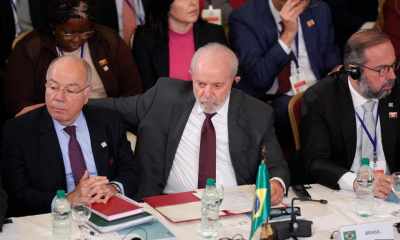
 OPINION1 week ago
OPINION1 week ago
 DIPLOMACY2 weeks ago
DIPLOMACY2 weeks ago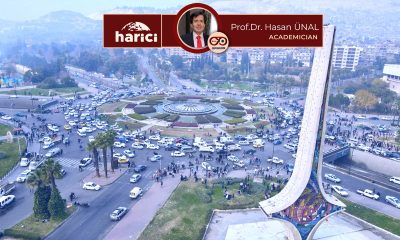
 OPINION2 weeks ago
OPINION2 weeks ago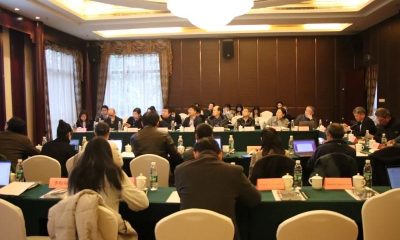
 ASIA1 week ago
ASIA1 week ago
 MIDDLE EAST1 week ago
MIDDLE EAST1 week ago
 MIDDLE EAST2 weeks ago
MIDDLE EAST2 weeks ago
